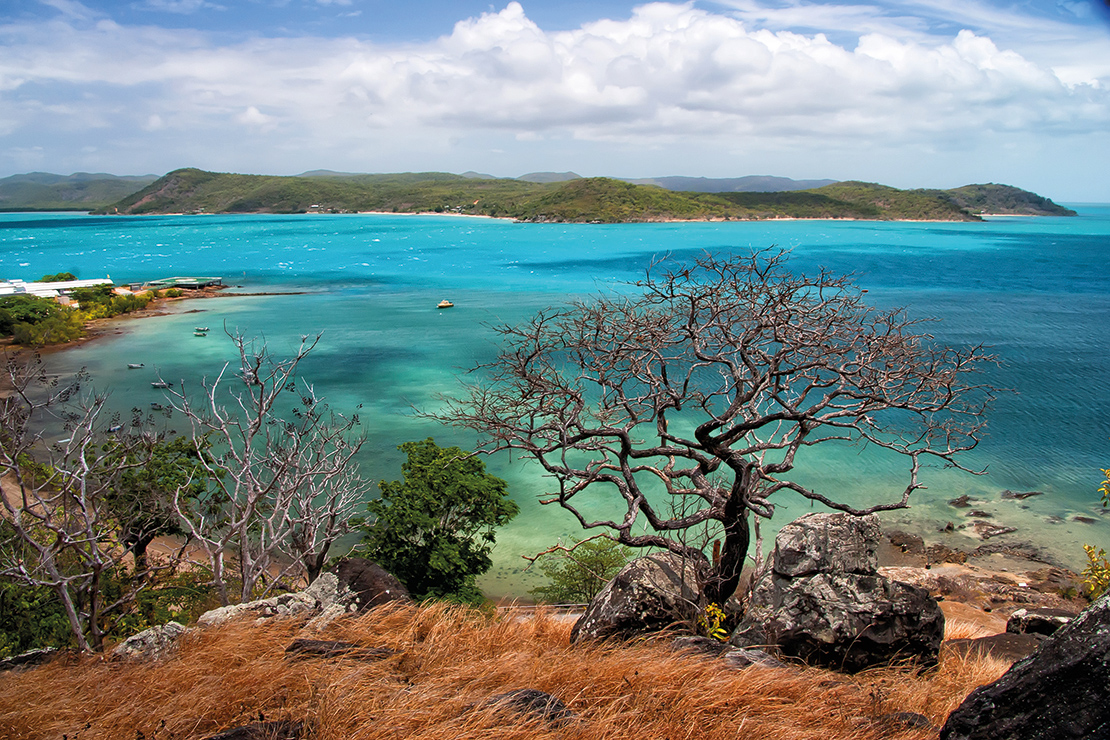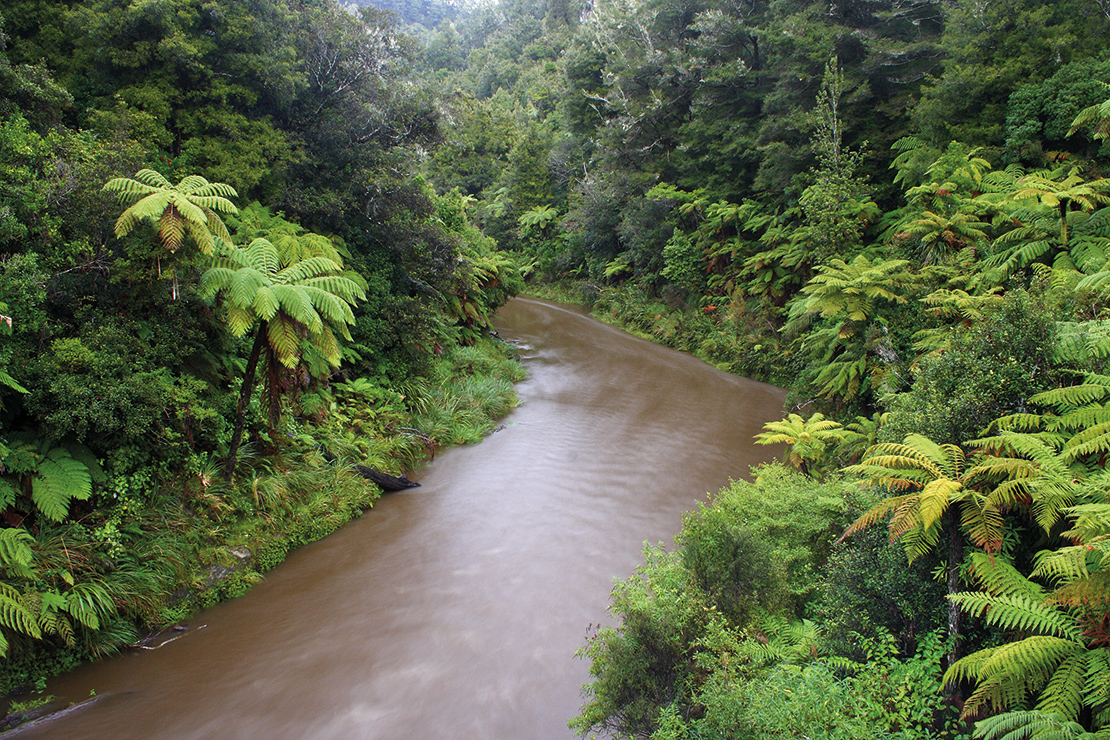Governance transitions towards inclusive decision-making and self-determined development
Vision
Nested governance institutions, including IPLC authorities, are exercising decision-making at appropriate scales, ensuring whole-of-government and whole-of-society approaches that guarantee respect for human rights and diverse biodiversity and cultural values. These governance institutions are upgrading policy, legal and institutional transparency and accountability towards greater equity, wellbeing, sustainability and resilience for all.
Rationale
Power inequalities in governance systems go hand in hand with imbalances in economic, social and ecological outcomes. Statist and market-based governance systems have implemented top-down economic development strategies, which have marginalised less powerful actors—including IPLCs, and their cultural values—from decision-making over land use and resource management.
Fragmentation of governmental decision-making into specialised sectors has privileged economic growth over environmental health and social wellbeing, contributing to the current interrelated crises of biodiversity loss, climate change and social inequalities.
Integrative, holistic, transparent and accountable governance institutions, upholding respect for human rights and equitable sharing of benefits, will be critical elements of the governance transition towards just and sustainable outcomes for peoples and planet.
Box 55
Global sustainable development report 2019
“[…] ensuring the sustainability of the global commons is not just a matter of global governance; a plethora of actions at all levels – from global to local – and involvement of the most directly affected communities is equally important. Indeed, policies must address hard-to-change behaviours that are damaging to the environment, including economic incentives such as removing harmful subsidies, introducing appropriate taxation, and regulation such as progressive carbon taxation mechanisms. Empowering people to make positive change through education, awareness raising and social movements is critical. Social acceptability of those much-needed changes will be facilitated if management of the global commons explicitly addresses human well-being and environmental injustice. Such management should avoid maldistribution and seek to repair the damage already caused by poor technical, financial and political interventions. especially where indigenous communities and other vulnerable groups are concerned, with concerted efforts to leave no one behind.”
— An excerpt from The Future is Now – Science for achieving sustainable development1
Benefits of the transition
Development approaches that take local conditions and cultures into account are likely to result in more context-sensitive and equitable outcomes, while enhancing ownership by target beneficiaries. Integrating culture into development policies and programmes fundamentally contributes to their effectiveness and sustainability.
The IPBES Global Assessment on Biodiversity and Ecosystems concluded that:
“Recognizing the knowledge, innovations, practices, institutions and values of indigenous peoples and local communities, and ensuring their inclusion and participation in environmental governance, often enhances their quality of life and the conservation, restoration and sustainable use of nature, which is relevant to broader society. Governance, including customary institutions and management systems and co-management regimes that involve indigenous peoples and local communities, can be an effective way to safeguard nature and its contributions to people by incorporating locally attuned management systems and indigenous and local knowledge.”2
A human-rights-based approach upholds the rights and dignity of the poor and marginalised sections of society, supports their diverse visions of a good life, addresses and manages conflicts, and unleashes the energy of collective actions and self-determination.
Progress towards the transition and guiding examples
The 2030 Agenda for Sustainable Development has set out a universal agenda for governments, businesses, all peoples, civil society and all citizens, an agenda that embeds the universal values of human rights and a pledge to leave no one behind. This principled foundation permeates the whole transformative agenda, encompassing global inequalities, biodiversity, climate change and associated challenges.
Several policy processes at the global level have adopted decisions recognising the contributions of traditional knowledge towards solving contemporary problems of biodiversity loss, climate change, disaster risk, deforestation and ecosystem degradation.3 However, there is a wide gap between increased recognition of the value of traditional knowledge in global policy and its continuing neglect and erosion on the ground. Indigenous and local knowledge and the important contributions of IPLCs are poorly reflected in most national biodiversity strategies and action plans, and in most national reporting processes to global agreements.4 Nonetheless, advances made in global conceptual and policy frameworks can also inform and crystallise developments in national policies and strategies, as illustrated in the cases of Earth jurisprudence and national indicators of wellbeing.
The UN General Assembly has initiated a deliberative process on ‘The Rights of Mother Earth’, focused on human norms that safeguard planetary functions and interests, also called ‘Earth Jurisprudence’, whereby: “Humans must adapt their legal, political, economic, and social systems to be consistent with the fundamental laws or principles that govern how the universe functions and guide humans to act in accordance with these, which means that human governance systems at all times must take account of the interests of the whole Earth community5”. Countries which have passed laws abiding by these principles include Ecuador, Bolivia, India and New Zealand.
Box 56
Case study: Whanganui River recognised as a legal person, New Zealand
For 140 years, the local Māori tribe (iwi) of Whanganui in the North Island of New Zealand has fought for the recognition of their river as an ancestor. In 2017, the river was granted the same legal rights as a human being.6
— Read the full case study
Diverse conceptions and measures of wellbeing beyond gross domestic product and economic growth have been adopted and elaborated by several countries and peoples, including Bhutan’s Gross National Happiness Index7, the Ni-Vanuatu Well-being Survey8 and New Zealand’s Living Standards Framework.9
The UN General Assembly’s adoption of the UN Declaration on the Rights of Indigenous Peoples provides norms and standards for indigenous peoples’ full and effective participation in the national and local implementation of global commitments, including in Bolivia’s constitution and the Philippines’ Indigenous Peoples Rights Act.
These international standards are alive and practised by indigenous peoples, such as the Wampis nation in Peru (see Box 57) and indigenous women from the Torres Strait in Australia (see Box 58).
Box 57
Case study: The Wampis nation in the Peruvian Amazon declares the creation of the first autonomous indigenous government
On 29 November 2015, in Soledad, on the Santiago River, Peru, the Wampis nation declared the formation of its autonomous territorial government with the election of the first representatives and the approval and publication of its statute, the legal framework they will use to govern the territory.
— Read the full case study
Box 58: International Indigenous Forum on Biodiversity
View from Thursday Island, Torres Strait. Credit: Natalie Maro.

Case study: Indigenous women in land and sea management, Torres Strait, Queensland, Australia
Indigenous women of the Torres Strait Islands play a vital role in understanding and managing the land and sea resources and building community resilience. As custodians and teachers of significant traditional knowledge, valued members and leaders of community organisations, and occupying a growing number of leadership and technical positions more broadly, women bring a unique strength and insight to land and sea management.
— Read the full case study
Key components of the transition
- Embedding whole-of-government, whole-of-economy and whole-of-society participatory approaches in national implementation strategies and action plans on sustainable development, biodiversity and climate change; and devolving decision-making to the most appropriate level of competence and problem-solving.
- Continuing to reform government legislation and policy as part of adaptive governance, engendering plural values and approaches, and increasing equity, diversity and resilience in institutions and legal systems.
- Using enhanced reporting and accountability mechanisms, such as the Universal Periodic Review used by countries to report on human rights, to assess country contributions and overall progress at appropriate intervals.
- Enabling the transformative power of IPLCs, persons with disabilities, minorities, those marginalised and facing discrimination, and all those left behind. Addressing gender and intergenerational equity are critical elements throughout this process.
- Stringently applying safeguards guaranteeing non-violation of human rights in the implementation of sustainable development, biodiversity and climate change actions, including respect for free, prior informed consent of indigenous peoples

Whanganui River, New Zealand. Credit: Sasapee.
References
- Independent Group of Scientists appointed by the Secretary-General (2019) Global sustainable development report: The future is now – Science for achieving sustainable development. New York: United Nations.
- IPBES (2019) Summary for policymakers of the global assessment on biodiversity and ecosystem services of the Intergovernmental Science-Policy Platform on Biodiversity and Ecosystem Services. S. Díaz, J. Settele, E. S. Brondízio E.S., H. T. Ngo, M. Guèze, J. Agard, A. Arneth, P. Balvanera, K. A. Brauman, S. H. M. Butchart, K. M. A. Chan, L. A. Garibaldi, K. Ichii, J. Liu, S. M. Subramanian, G. F. Midgley, P. Miloslavich, Z. Molnár, D. Obura, A. Pfaff, S. Polasky, A. Purvis, J. Razzaque, B. Reyers, R. Roy Chowdhury, Y. J. Shin, I. J. Visseren-Hamakers, K. J. Willis, and C. N. Zayas (eds.). Bonn, Germany: IPBES. Available at: https://doi.org/10.5281/zenodo.3553579
- See Forest Peoples Programme, Secretariat of the Convention on Biological Diversity and International Indigenous Forum on Biodiversity (2016) Local Biodiversity Outlooks: Indigenous Peoples’ and Local Communities’ Contributions to the Implementation of the Strategic Plan for Biodiversity 2011-2020. Moreton-in-Marsh: Forest Peoples Programme. Available at: http://www.forestpeoples.org/en/convention-biological-diversity-cbd-cultural-identity/report/2016/local-biodiversity-outlooks
- See Target 18 in: Convention on Biological Diversity (2020) Global Biodiversity Outlook 5. Montréal: Convention on Biological Diversity.
- General Assembly resolution 74/224, United Nations Declaration on Harmony with Nature, A/RES/74/224 adopted on 19 December 2019. Available at: https://undocs.org/en/A/RES/74/224
- Fried, D. (2019) The River is Me. Washington D.C.: The Atlantic. Available at: https://www.youtube.com/watch?v=YQZxRSzxhLI
—
Ainge Roy, E. (2017) ‘New Zealand river granted same legal rights as human being’. The Guardian. London: Guardian Media Group. Available at: https://www.theguardian.com/world/2017/mar/16/new-zealand-river-granted-same-legal-rights-as-human-being - Gross National Happiness Centre Bhutan (n.d.) What is GNH? Thimphu: Gross National Happiness Centre Bhutan. Available at: http://www.gnhcentrebhutan.org/what-is-gnh/
- Malvatumauri National Council of Chiefs (2012) Alternative Indicators of Well-being for Melanesia: Vanuatu Pilot Study Report 2012. Malvatumauri National Council of Chiefs. Available at: http://www.christensenfund.org/wp-content/uploads/2012/11/Alternative-Indicators-Vanuatu.pdf
- Te Puni Kōkiri and the New Zealand Treasury (2019) An Indigenous Approach to the Living Standards Framework. The Treasury Discussion Paper 19/01. Wellington: Te Puni Kōkiri and the New Zealand Treasury. Available at: https://treasury.govt.nz/publications/dp/dp-19-01


